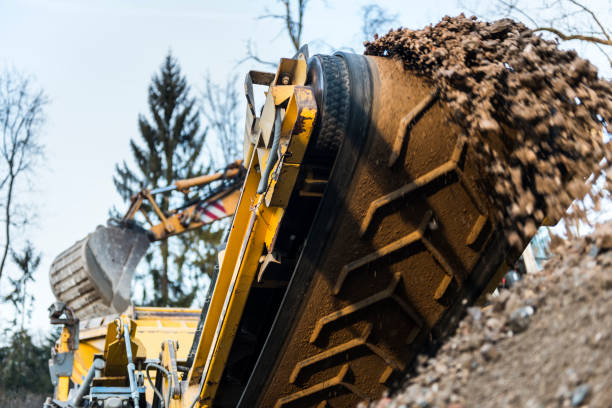AuthorWrite something about yourself. No need to be fancy, just an overview. ArchivesCategories |
Back to Blog

Cone crushers were created more than a century ago to aid in secondary, tertiary and even the removal of quaternary materials. As with other compression crushers Cone Crushers feature the crushing chamber, or cavity where the rock is crushed to a smaller size. Cone Crushers have crushing chambers. It is the space between the concaves and the mantle, which is the steel piece that moves. Concaves and mantles are protected from daily wear by replaceable manganese liners. Selecting the Cone Crusher linerThere are many liners available for both fine and coarse feeds. However, which one to pick will be determined by a variety of elements. Feed is the primary component of Cone Mill Liners Foundry. A well-graded feed should be utilized to crush the material. A feed that is graded properly should include: 90-100% passing the closed-side feed opening. Some people also look at the open side, and then choose the smaller one. 40%-60% at the middle 0-10% passing the closed-side setting. You should match the entire feed gradation, not only the feed size, so that you utilize the whole chamber. In order to achieve the required reduction and increase in output, it is crucial to utilize as much of the crushing chamber as you can. The size of your top feed will determine the plant feed size and the output of your previous crushing stage. This will determine the maximum cavity opening. The size of the top feed is not the only factor that determines the opening of your cavity. Cavity openings that are much bigger than the size of the feed result in inadequate reductions and liner. The feed size shouldn't be insufficient. This will cause the bulk of the crushing to occur within the lower area of the cavity. If this occurs, the bottom of liners will wear faster than the top. Production will drop due to the insufficient reduction ratio. The crusher's power limit will be exceeded at minimal quantity as well as you'll face the risk of improper bearing alignment. The majority of wear on Mill Liners Foundry is prior to the parallel area (the small space between the concaves and the mantle, where the final crushing occurs). But, this wear can be magnified if your feed isn't adequate. It's possible to have a a bowled out pocket before the parallel zones. However, feed sizes that are too small will cause feed material to percolate around the feed opening. This could lead to the liners wearing down faster. Since the feed opening is covered, the production decreases and throughput is reduced. The product will have a coarser output grade and be more slabby than cubical. When the power draw is minimal, the volume limit will be exceeded. Understanding the gradation of your crusher will assist you in choosing the right Mill Liners Foundry, configuration to achieve your production goals. The best liner selection will give you a more efficient nip as well as more room to adjust other parameters, like the closed-side setting.
0 Comments
Read More
Leave a Reply. |
 RSS Feed
RSS Feed
